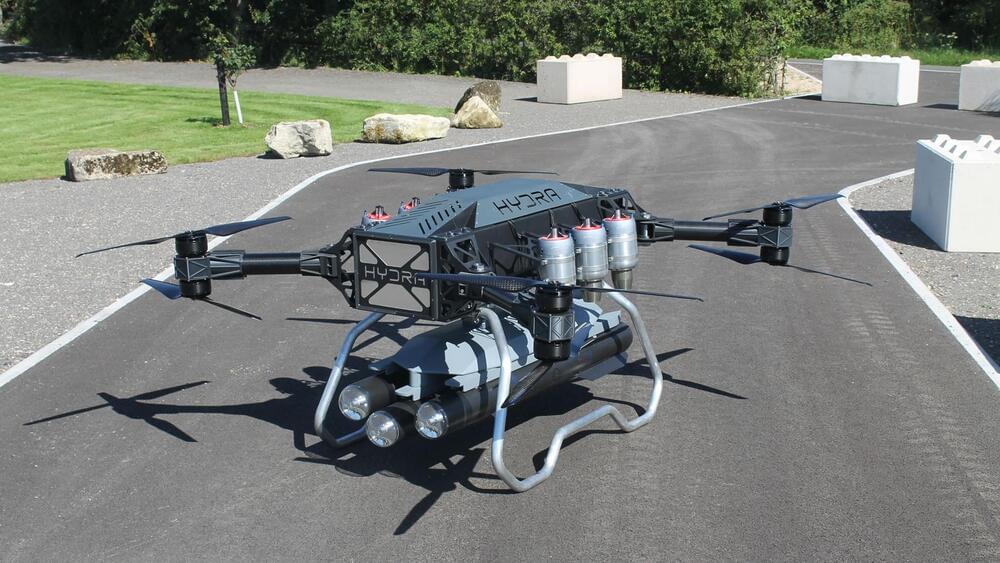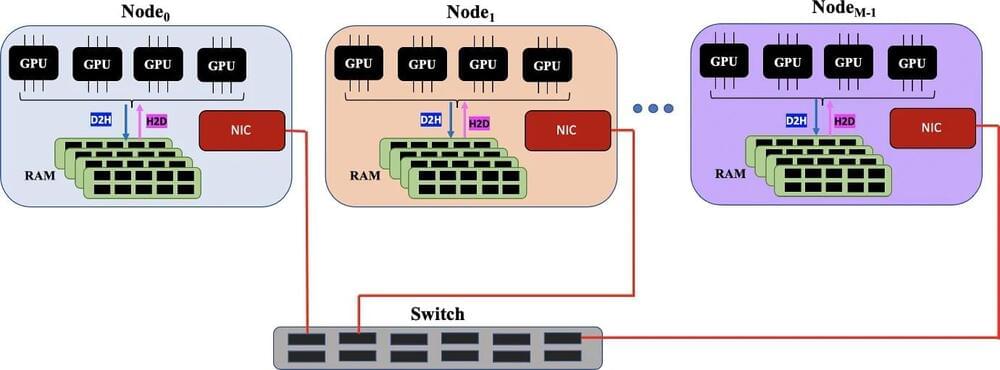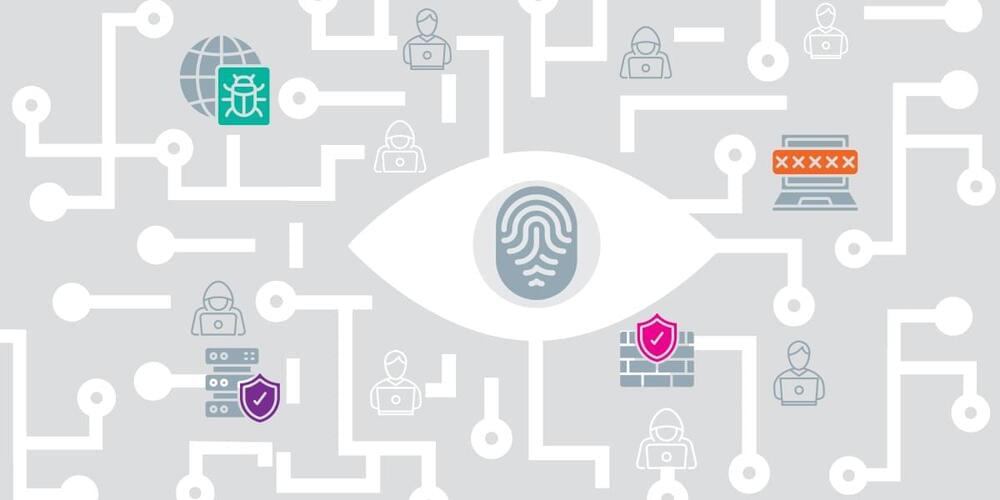Sep 15, 2023
Firefly launches US Space Force mission in 24-hour timeline
Posted by Gemechu Taye in categories: satellites, security
The US Space Force’s ‘Victus Nox’ mission launched aboard a Firefly Alpha rocket that lifted off from Vandenberg Space Force Base, California.
The US Space Force announced in a press statement today, September 15, that Firefly Aerospace successfully launched a Millennium Space satellite yesterday.
That mission launched on an incredibly short 24-hour timeline, showcasing the capability for rapid deployment of national security missions.

















